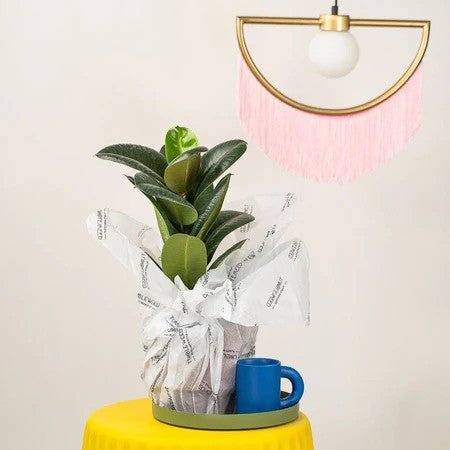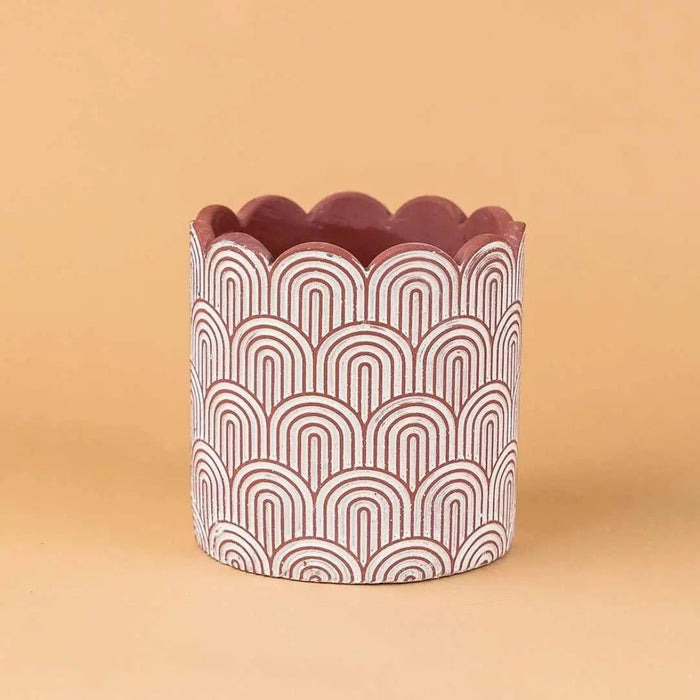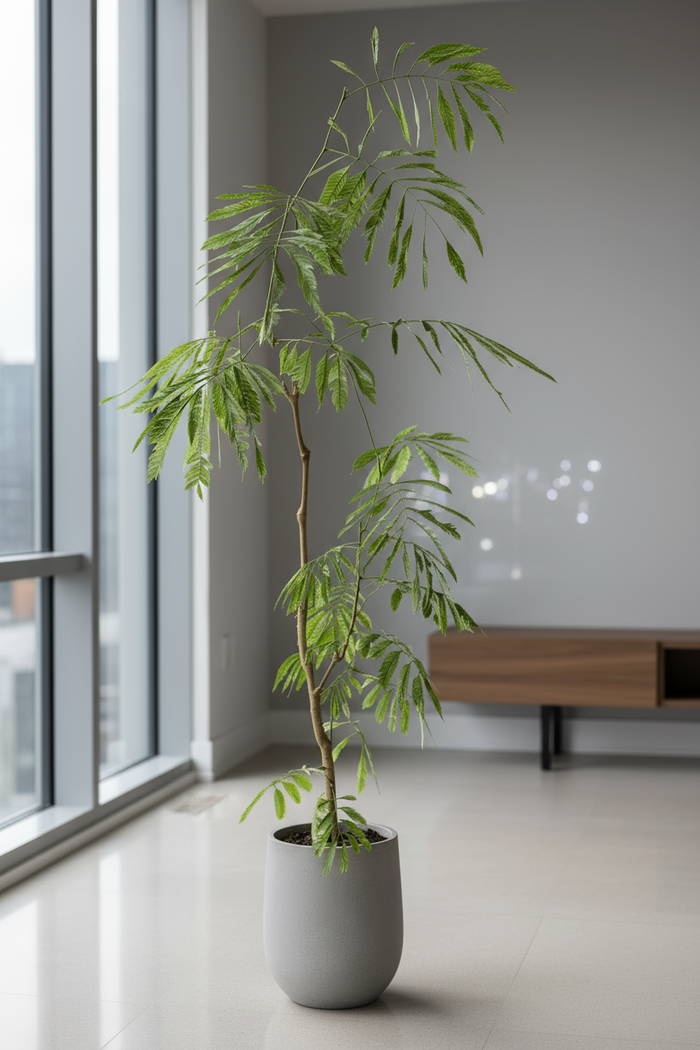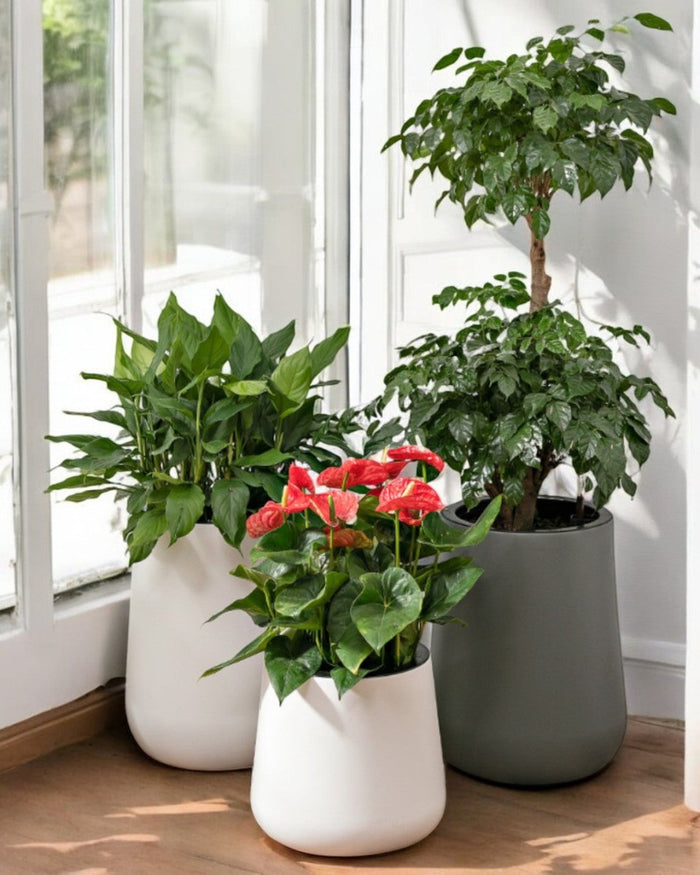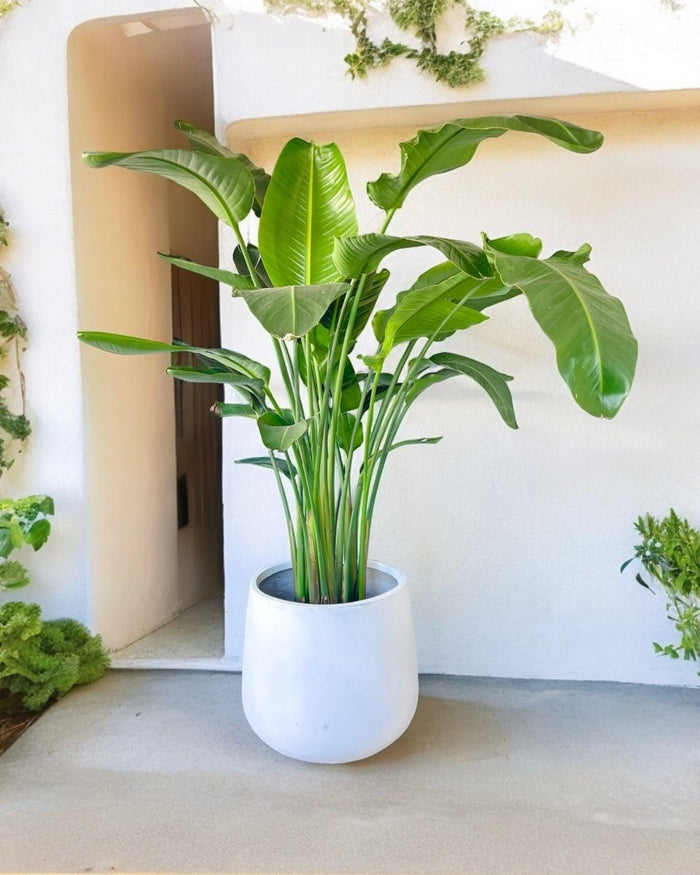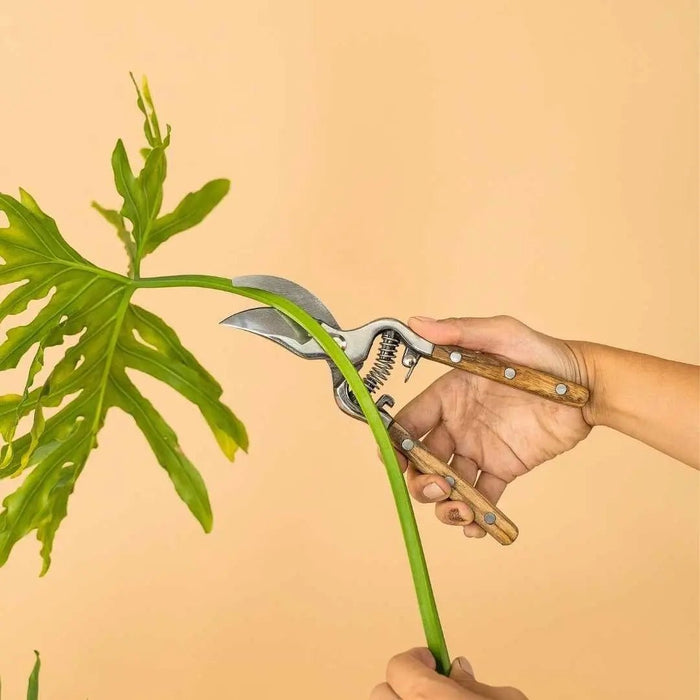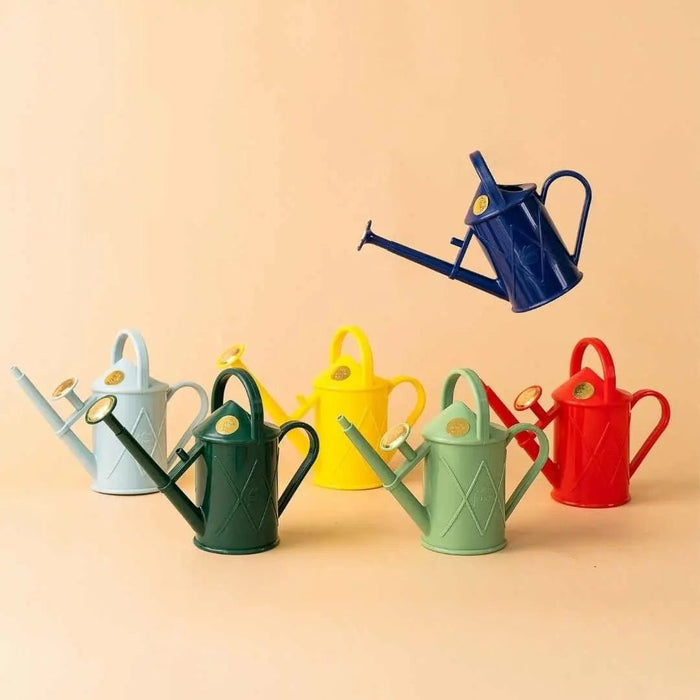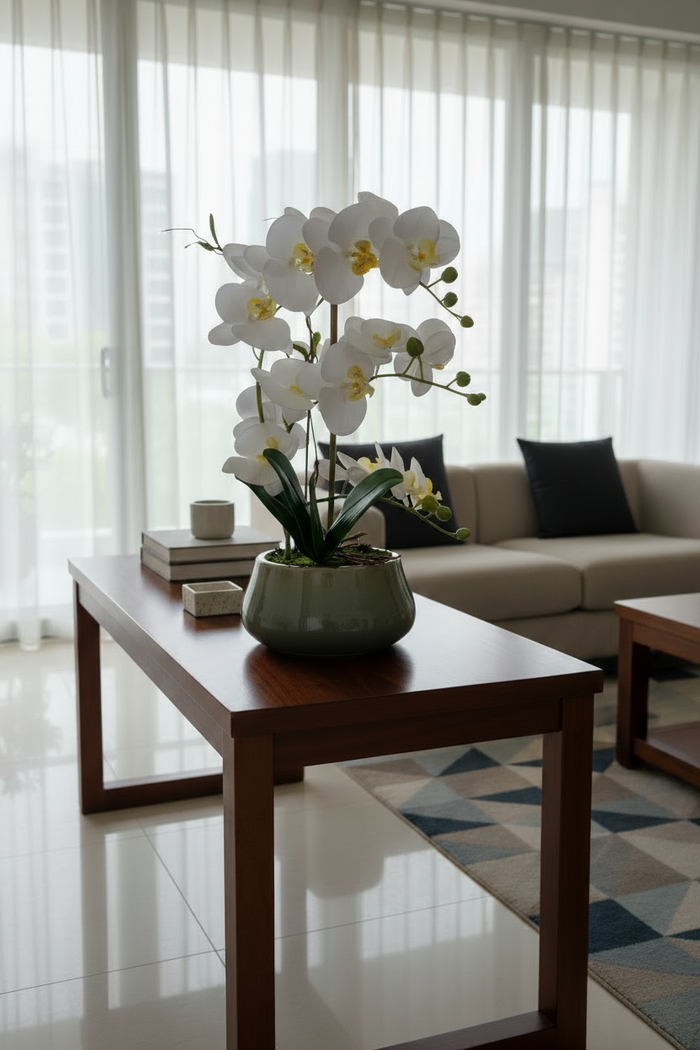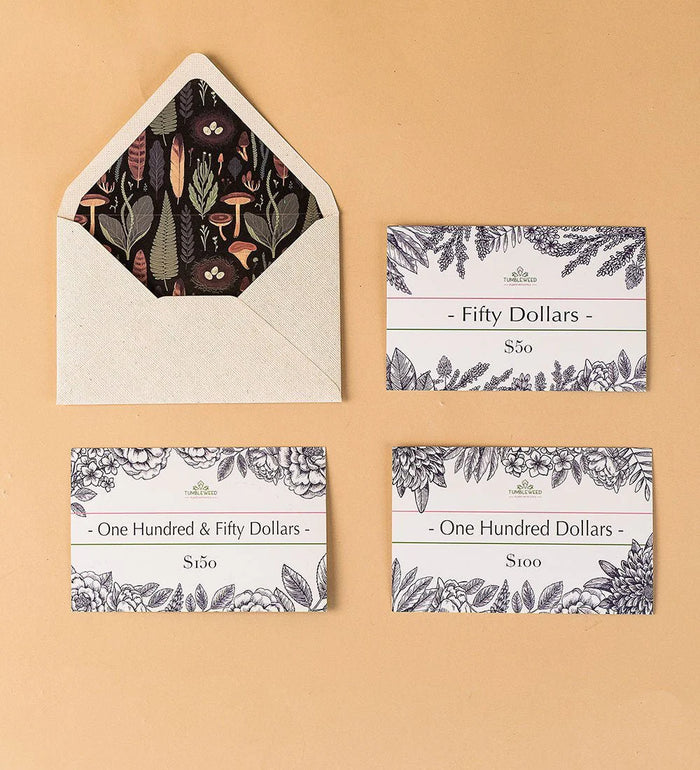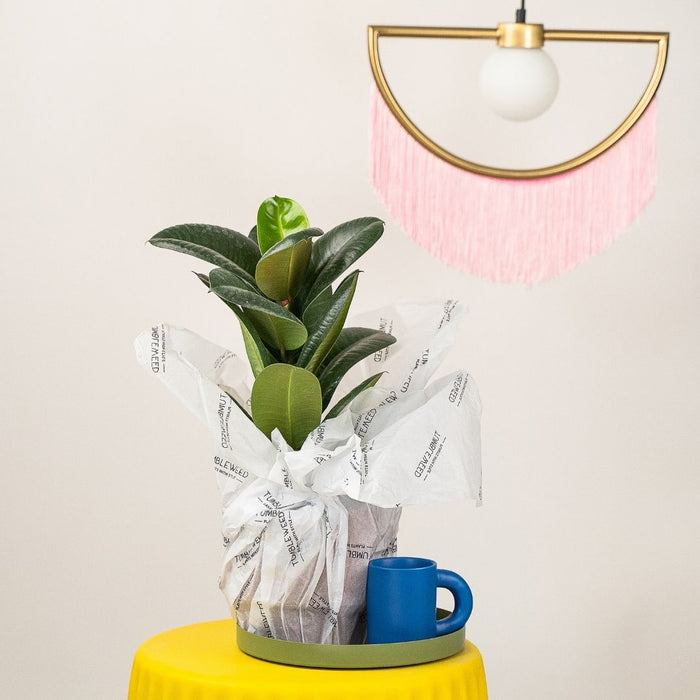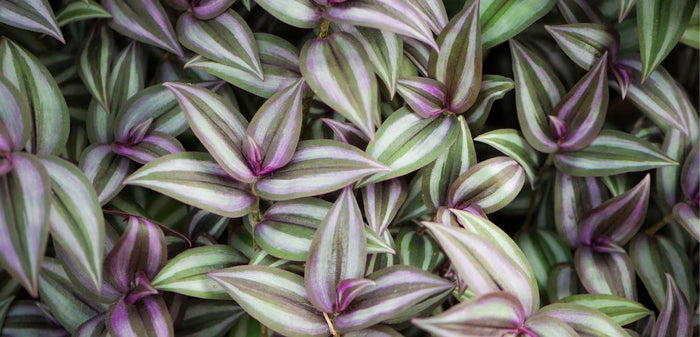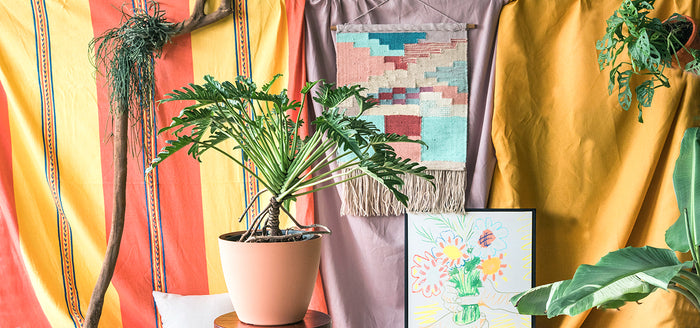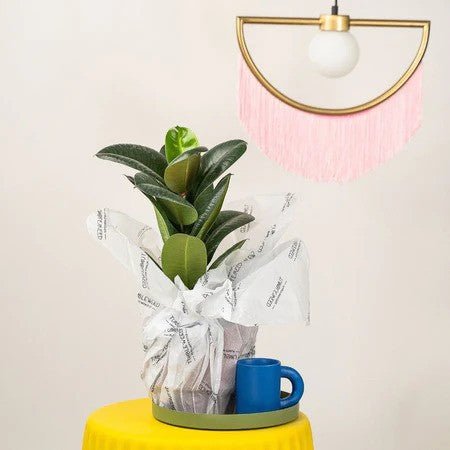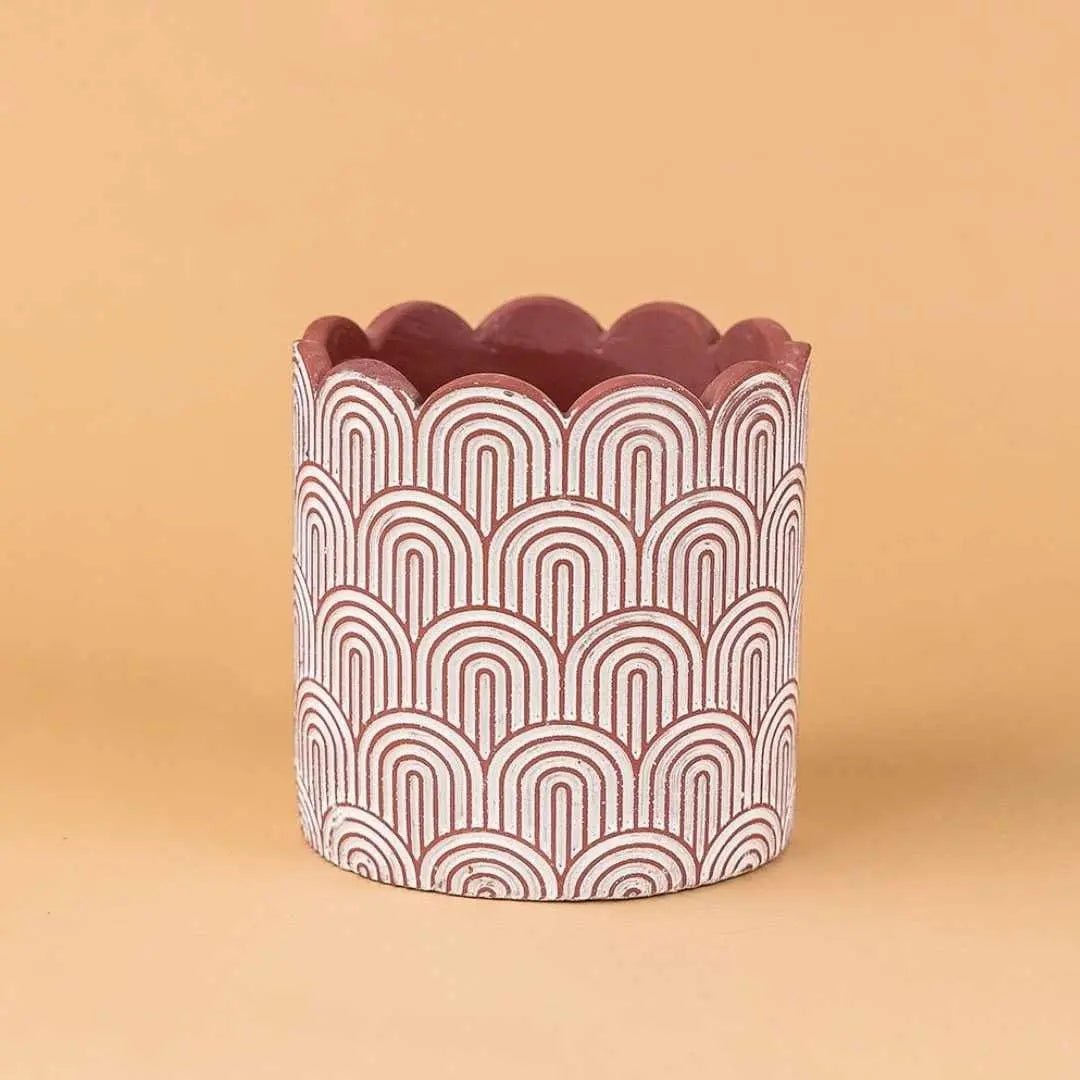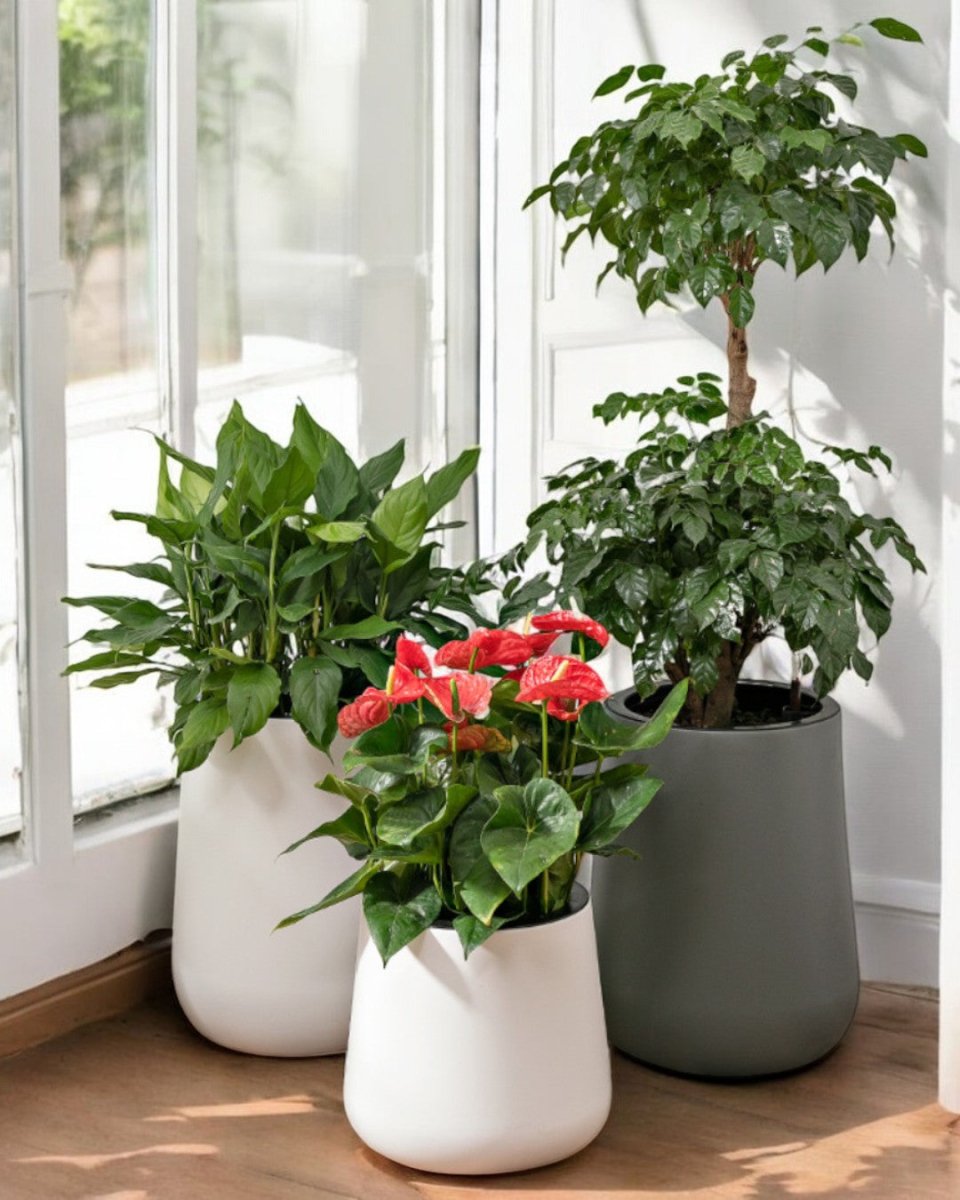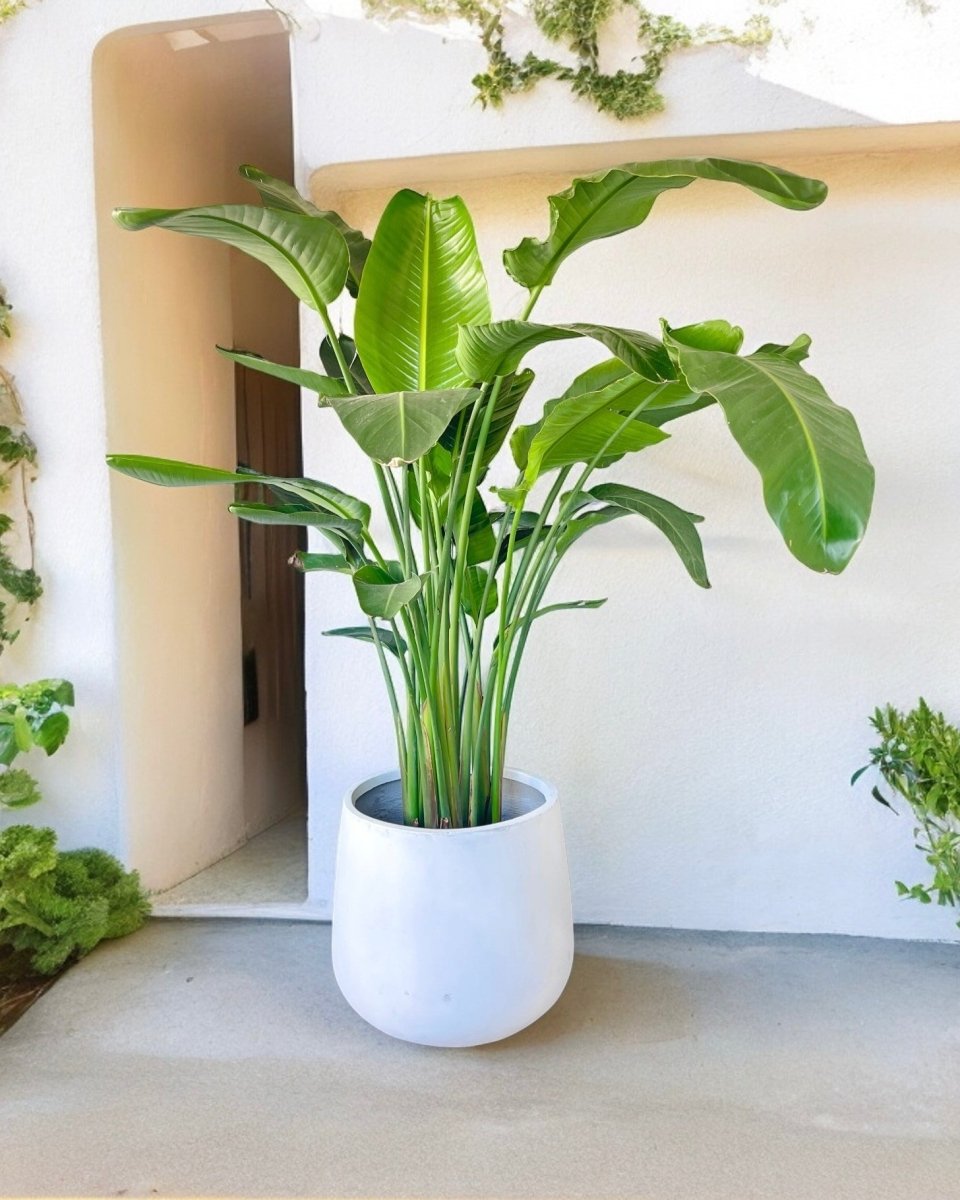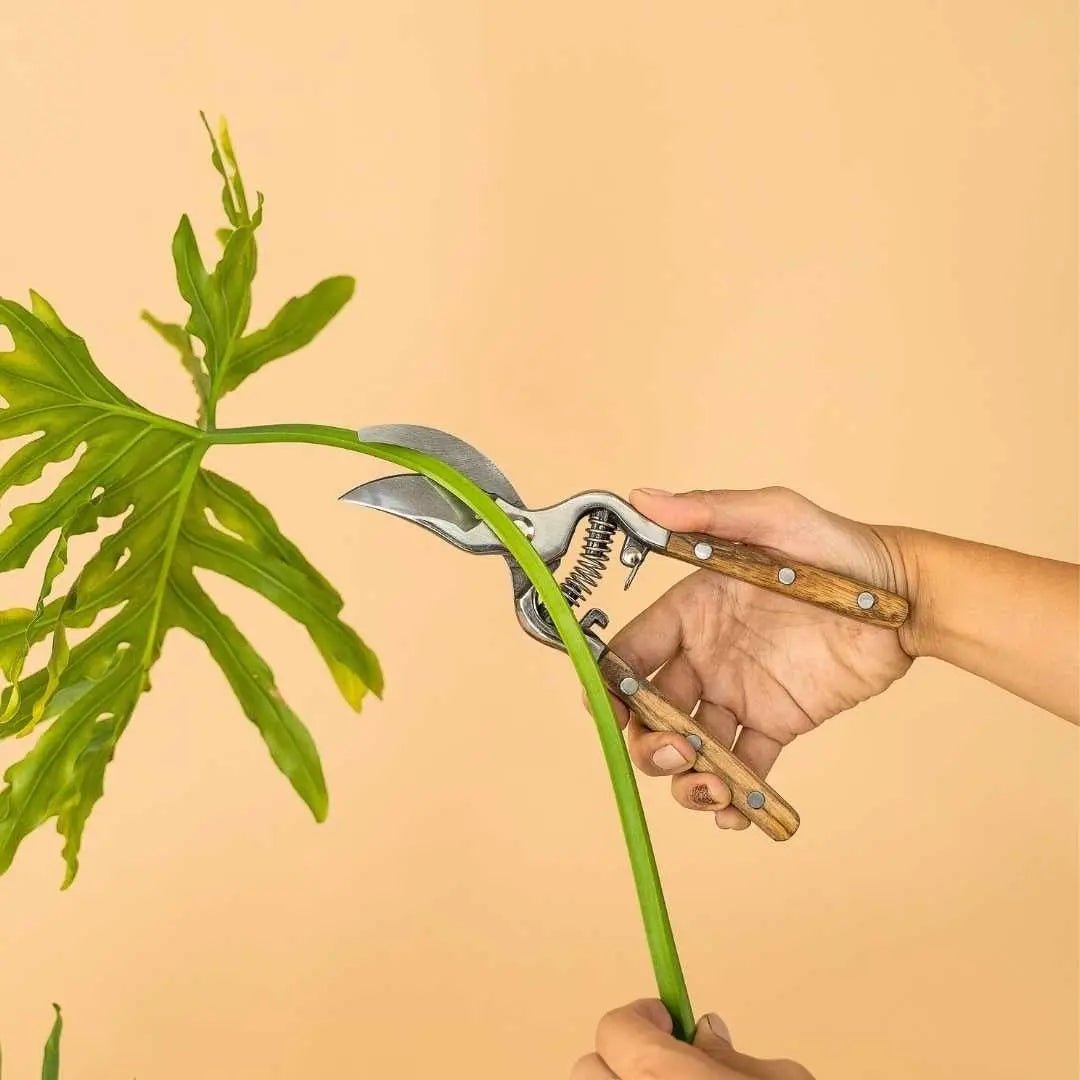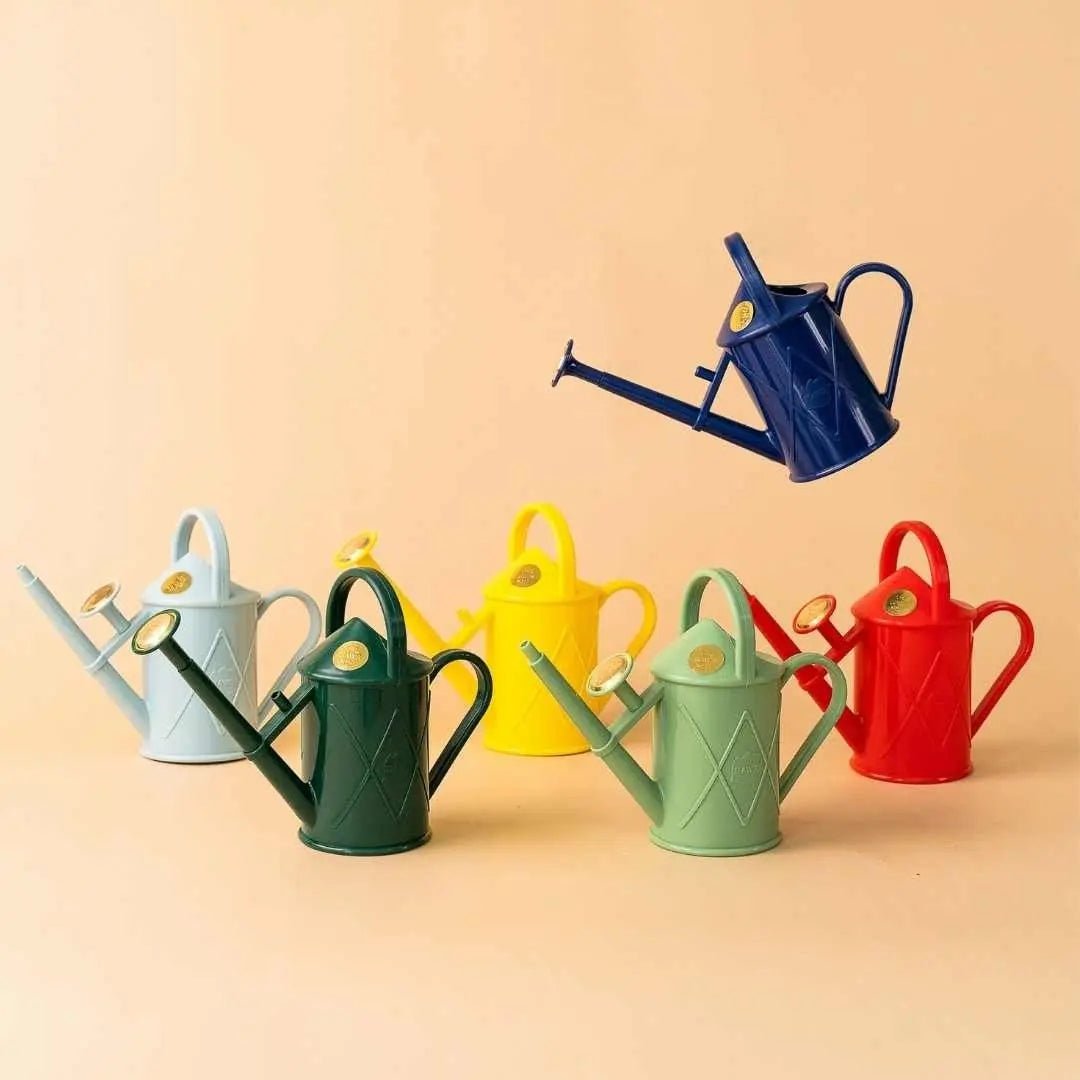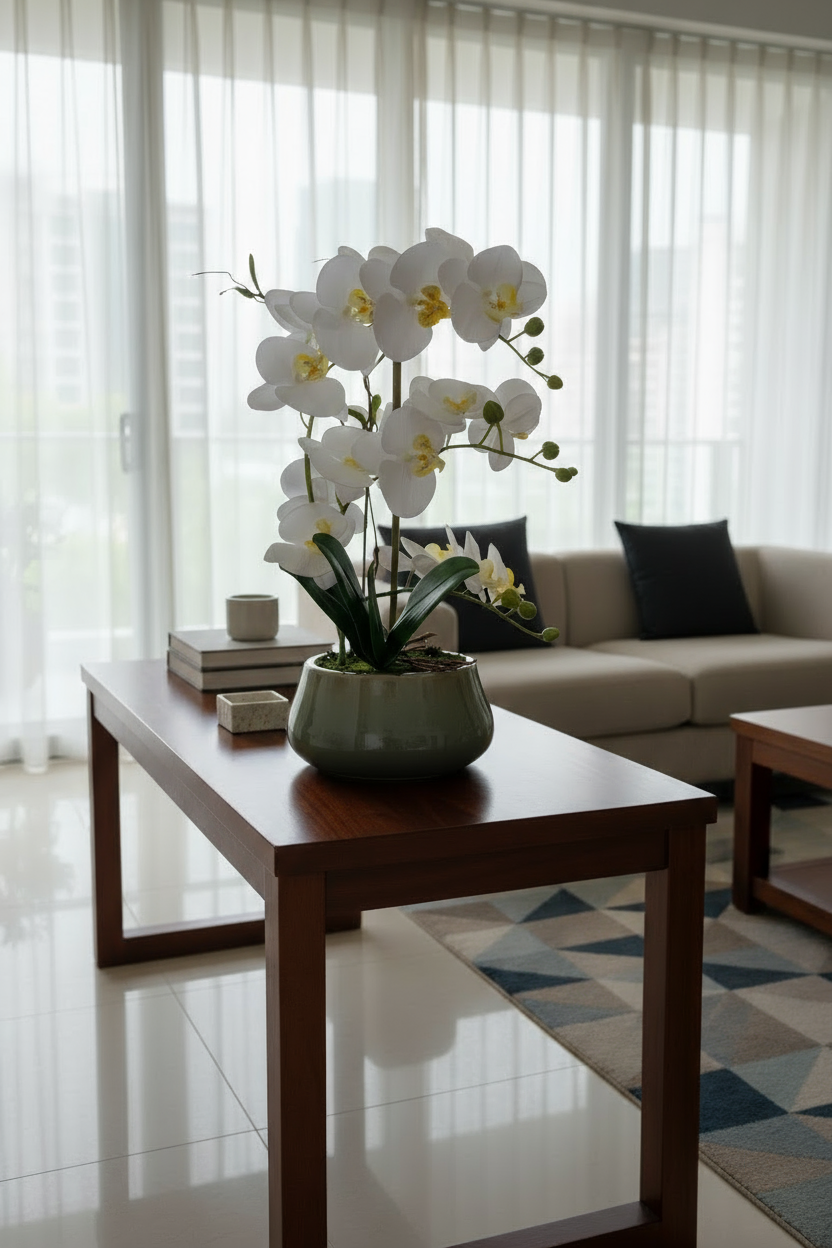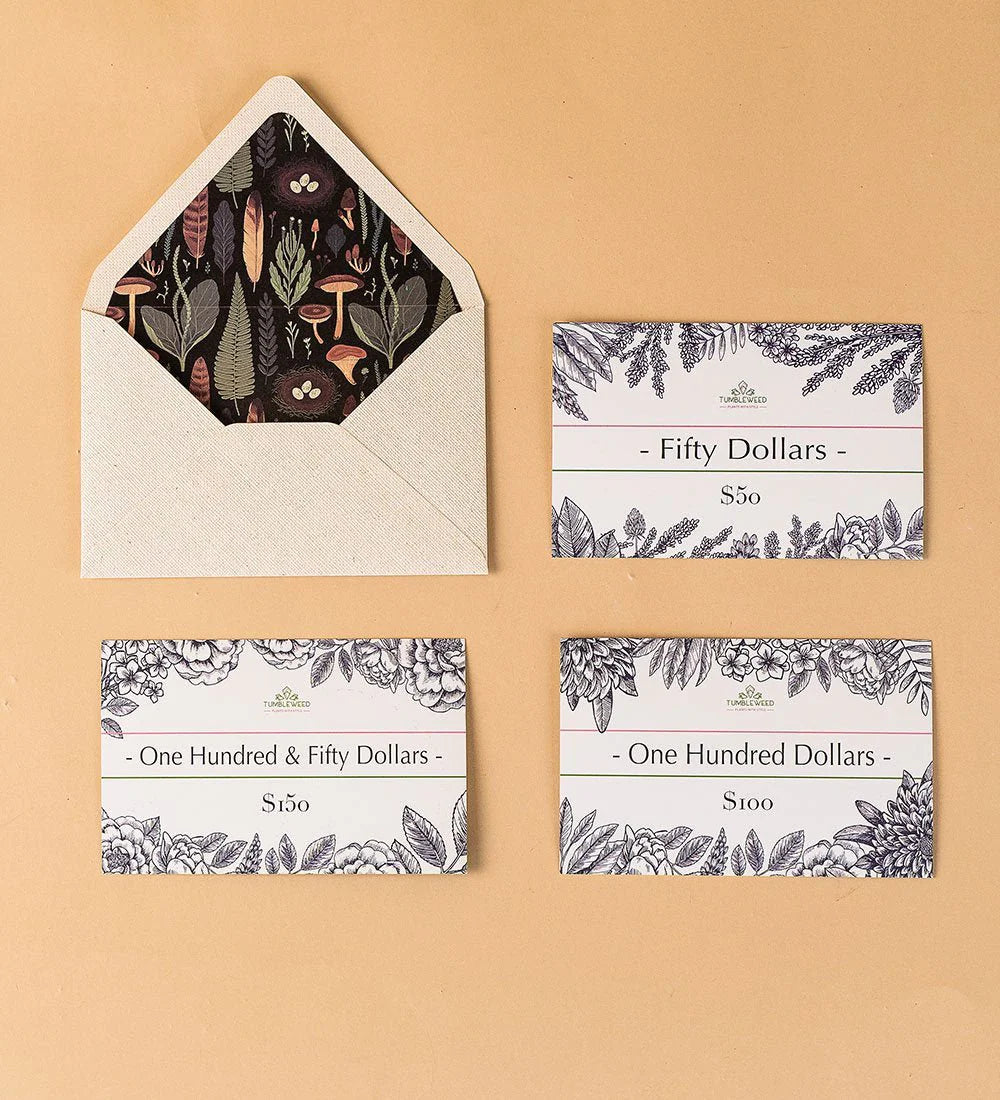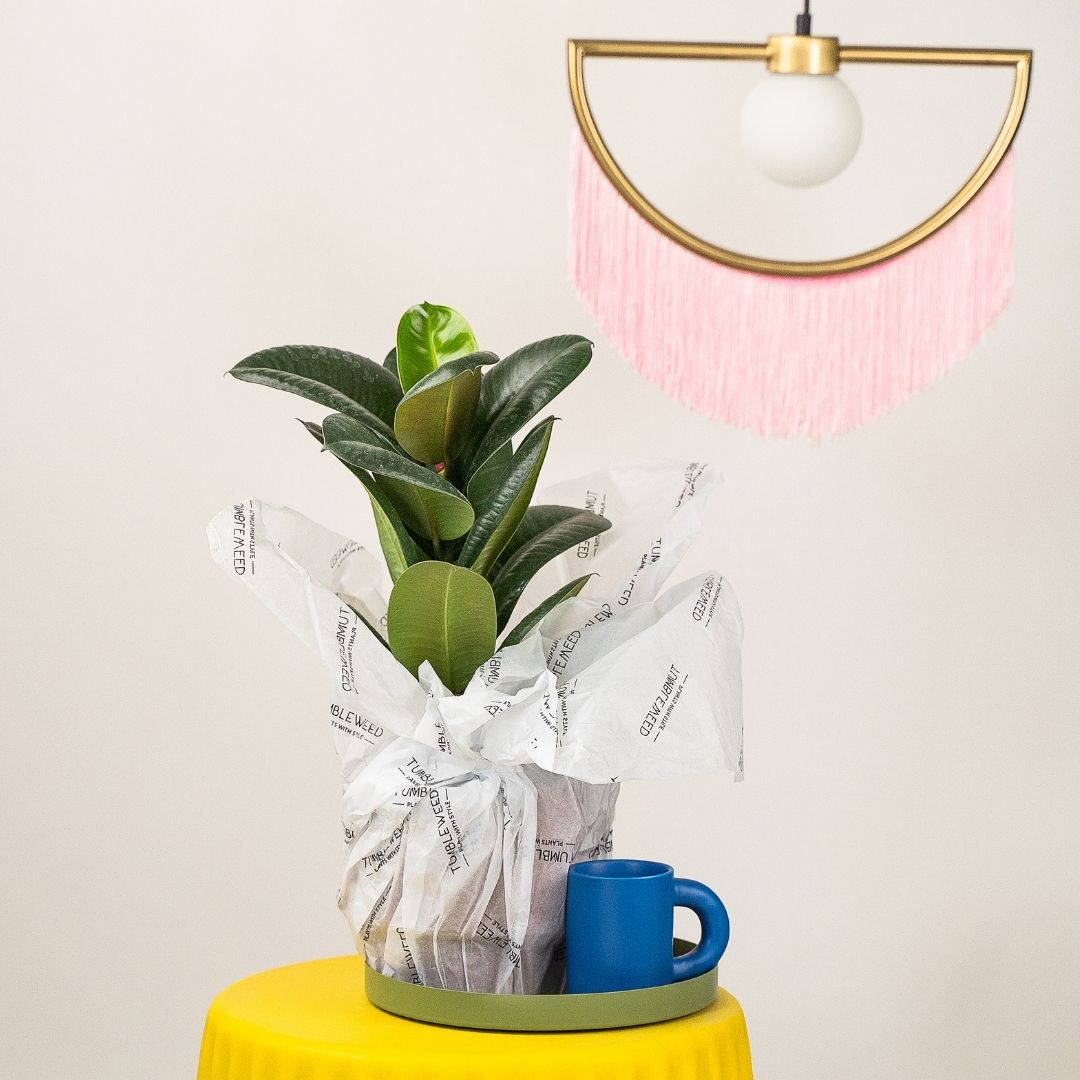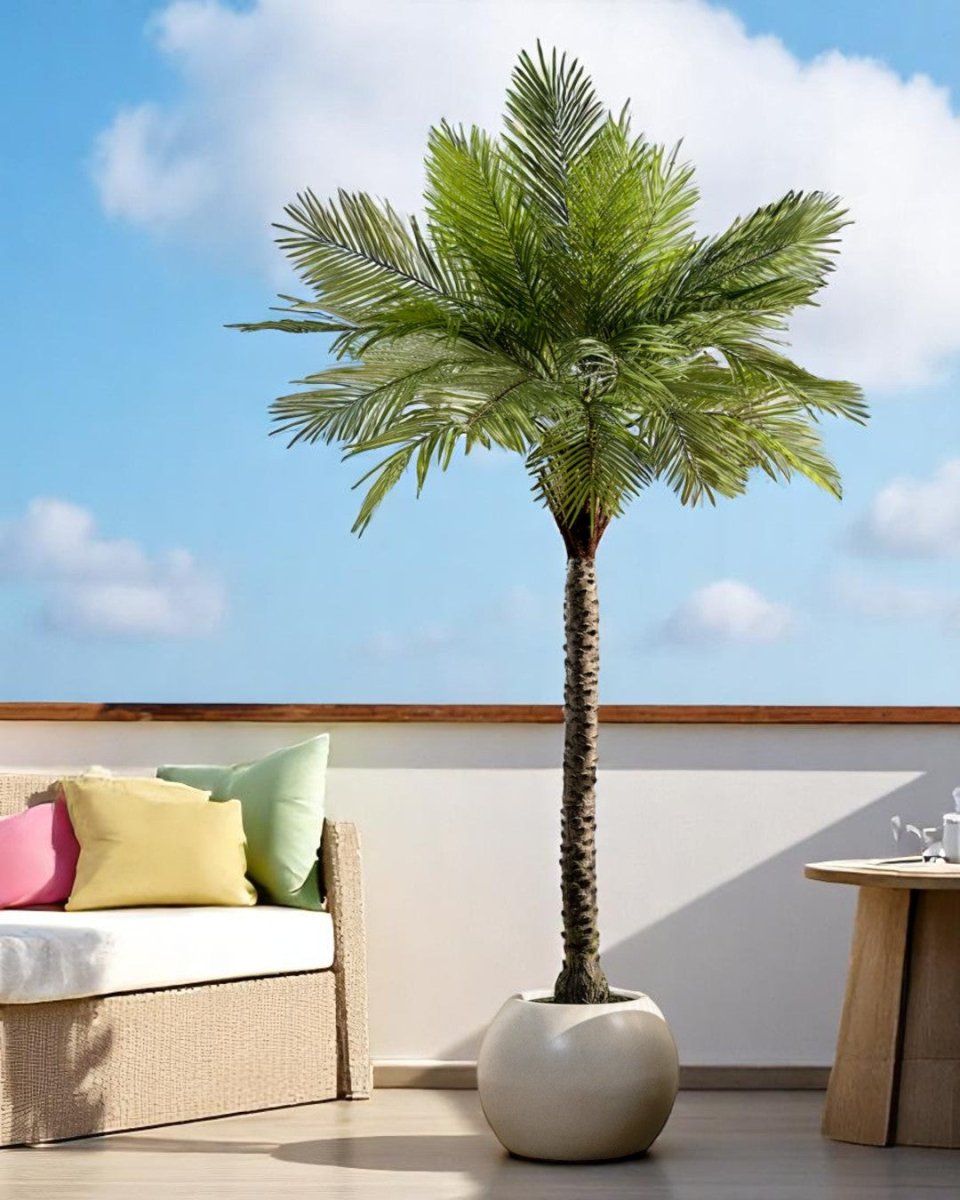Coccoloba are known for their large (sometimes huge) leaves. Growing as trees or shrubs in the wild, they have an elegant form that makes them appealing houseplants.
Search plants, planters, garden accessories and more.
-
Sale
-
Plants
-
Pots
-
Care
-
Decor
-
Gifts
-
Services
-
Business
Free Delivery Above $99 | Shop Now
What's New
-
 Year End Sale: Up to 50% off→
Year End Sale: Up to 50% off→ -
 🎁 Corporate Gifts! 🎁→
🎁 Corporate Gifts! 🎁→ -
 Transform your space with our Plant Styling Services!→
Transform your space with our Plant Styling Services!→ -
 Low Light Corner?→
Low Light Corner?→ -
 Login to Earn & Redeem Points!→
Login to Earn & Redeem Points!→ -
 🎉 Making buying plants easy! 🎉→
🎉 Making buying plants easy! 🎉→
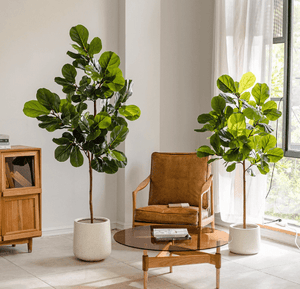
Year End Sale: Up to 50% off
Upgrade your decor now! Automatic tiered discounts mean bigger savings on plants, planters & more. Watch your progress bar fill up as you shop! Sale ends soon. 🌱
Also don't miss out on our free XL Everfresh giveaway, auto enrolled when you make a purchase with us.
Shop Plants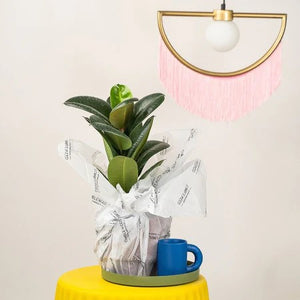
🎁 Corporate Gifts! 🎁
Planning corporate gifts for the festive season? Make a lasting impression with our premium plant gifts! Perfect for clients, partners, or employees, our curated selection of plants is both meaningful and elegant. Choose from a variety of options that fit any budget. Order now and ensure your corporate gifts are delivered in time for the celebrations.
Bulk Gifting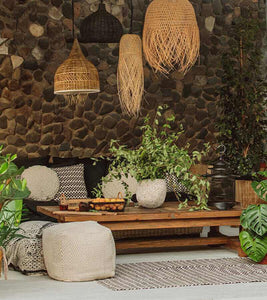
Transform your space with our Plant Styling Services!
Looking to refresh your space for the year-end festivities? Elevate your home decor with our Plant Styling service! Whether it’s a cozy corner or a grand living room, our expert tips will help you transform your space into a green oasis. Perfect for setting the holiday mood! Get inspired and start styling your space with our premium plant collections.
Start your Project
Low Light Corner?
No worries! Our Plant Lights are here to help your plants grow! Specially designed and made for houseplants.
Shop Lights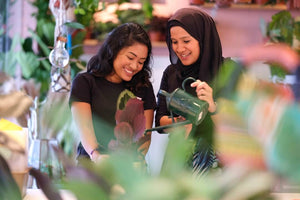
Login to Earn & Redeem Points!
Login and automatically enrol into our Rewards program, earning you points, and get exclusive deals and discount
Login Now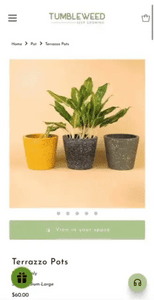
🎉 Making buying plants easy! 🎉
We have made buying plants even easier, with our customer service team, equipped to provide you with a plant recommendations. Hit us up on our chat channels to get started!
Shop NowUp to 50% off with our Year End Sale!
Free delivery above 99SGD
🎁 Free Gift Above $120
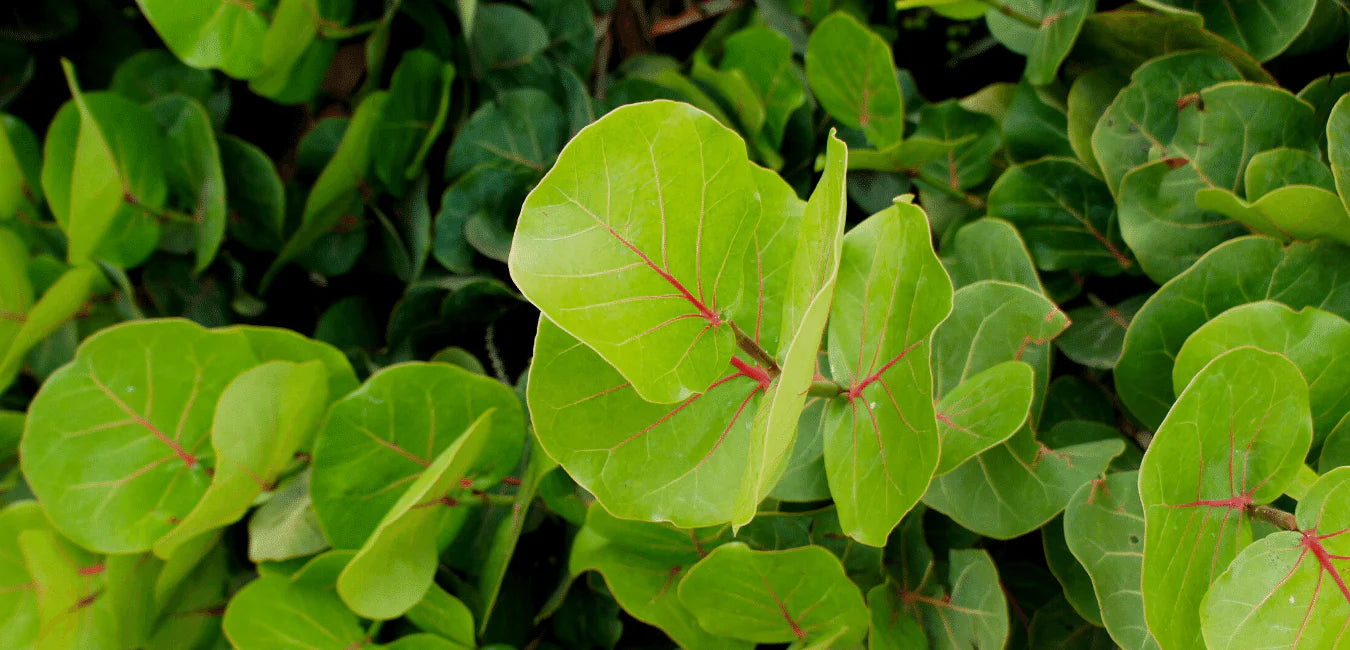
Coccoloba: Information and Plant Care Guide
Varieties from our listing
Interested to buy a plant from this group?
See what we have available HERE
Below is a general care guide for Coccoloba plants which can slightly differ depending on variety.
Light & Temperature
Coccoloba need good amounts of light and will grow best in areas that get direct sun such as balconies or window ledges. They will tolerate light shade.
Coccoloba enjoy warm temperatures and can take the heat.
Watering, Humidity & Misting
Coccoloba are fairly drought tolerant but should be watered at least once every week if given direct sun.
Soil and Repotting
Coccoloba prefer sandy, well-draining soil but tolerate a range of soil types.
Coccoloba will need repotting every 2 years or so, each time sizing up the pot slightly.
Propagation
Coccoloba can be propagated from seeds or cuttings. Sever a branch and repot in peat moss, potting mix and sand, keeping the cutting moist and in a sunny area.
Fertiliser
Use a balanced fertiliser formulated for houseplants. Follow directions on the label of plant food.
Toxicity
Coccoloba are non-toxic and are therefore safe around kids and/or pets. The fruit of SeaGrape can be eaten.
Possible Issues
Under the right care and conditions, your plant will grow happy and healthy. But here are some issues you may encounter while caring for a Coccoloba:
Scale, or fungal infestations - When spotted, wipe the leaves and stems with a soft cloth with warm, soapy water or neem oil.
Brown tips on leaves - This is a sign that the plant is being overwatered. Check that the soil is damp but not wet and is well draining.
Drooping leaves - This can be caused by a myriad of reasons: underwatering, overwatering, root rot and fungal infection.
- Regular Price
- $35.00
- Sale Price
- $35.00
- Regular Price
- $55.00
- Unit Price
- /per
TumbleweedPlants.com
Live Chat 💬
Whatsapp:+65 80561106
getintouch@tumbleweedplants.com
514 Chai Chee Lane (Office & Warehouse)
-Strictly not open to walk-in
Company
Helpful Links
Join Our Community
Join 40,000+ plant lovers and get care tips & inspiration.
About
TumbleweedPlants.com is an independent plants retail brand, established in Singapore in 2016. We make stylish indoor plants easy and accessible to all with great looking houseplant varieties, the biggest selection of planters and indoor plant care essentials delivered to your door.
Shop with confidence from the Best Plant Home Decor Online Store Today!

